Food Safety: What is the U.S. chicken industry doing to ensure products are safe to eat?
The U.S. chicken industry works hard to make sure each serving of chicken is as safe as possible for consumers. This diligence enables consumers to trust in excellent food safety standards. Our nation eats more chicken than any other protein, approximately 160 million servings every day—requiring continuous monitoring, inspection and quality assurance of chicken. This means chicken producers and processors are invested in making sure all products are as safe as possible and meet stringent U.S. Department of Agriculture (USDA) standards.
To comply with these standards and protect consumers, organizations across the industry implement food safety management controls. These standard operating procedures include quality assurance and food safety training, sanitation protocols, hazard controls and interventions designed to eliminate or reduce foodborne pathogens. Let’s take a closer look at how the U.S. chicken industry prioritizes food safety throughout the entire supply chain.
When do safety protocols start in the chicken production process?
Even before the eggs hatch! Breeder hens—who produce the eggs—are attended to carefully and humanely by veterinarians and farmers who undergo extensive training.
Healthy breeder hens lead to healthy eggs and eventually, healthy chicks. Additional measures are taken to ensure the chicks inherit the hens’ maternal antibodies and avoid diseases.
Before the chicks arrive on the farm, they’re vaccinated against various viruses, and strict sanitation measures are in place to promote their health.
Food Safety at Every Stage
Breeding
- Sanitation and cleanout
- Vaccines
- Biosecurity
- Insect and rodent control
Hatchery
- Sanitation
- Formaldehyde
- Floor eggs
- Vaccines
Broiler House
- Pelletizing feed
- Prebiotics/Probiotics
- Vaccines
- Biosecurity
- Insect and rodent control
- Appropriate out time, litter handling, and sanitation
- Litter treatments
- Water treatments
- Feed withdrawal strategies
Feed Mill
- Sanitation
- Pelletizing feed
- Formaldehyde application
- Insect and rodent control
Processing Plant
- Minimizing stress during transport = decreased shedding
- Sanitation
- Antimicrobial applications throughout the plant (1st and 2nd processing)
- Temperature controls to prevent outgrowth
What role do chicken farmers play in food safety?
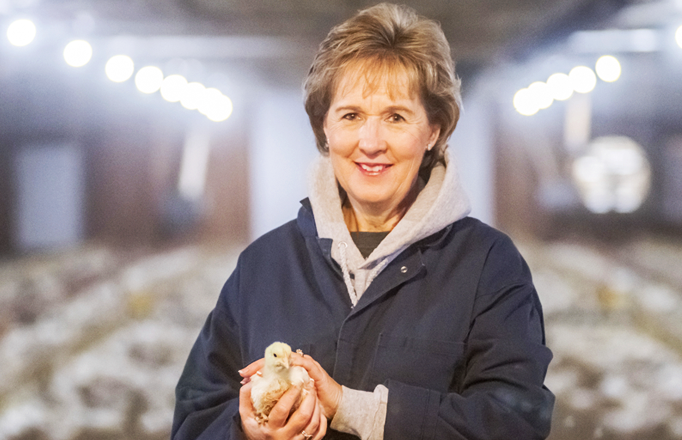
Farmers play one of the biggest roles in maintaining a strict, biosecure environment to protect the birds from diseases, predators and pests. On a farm, visitor entry is limited and all guests are strongly encouraged or required to wear personal protective equipment (PPE) to safeguard the environment from any harmful viruses and bacteria.
Farmers also conduct a health and safety measure known as “windrowing” litter for poultry bedding. What does this mean? That before a new flock arrives, chicken farmers heat up the litter to kill any bacteria or organisms, then reuse it for bedding.
How do federal inspectors keep chicken products safe?
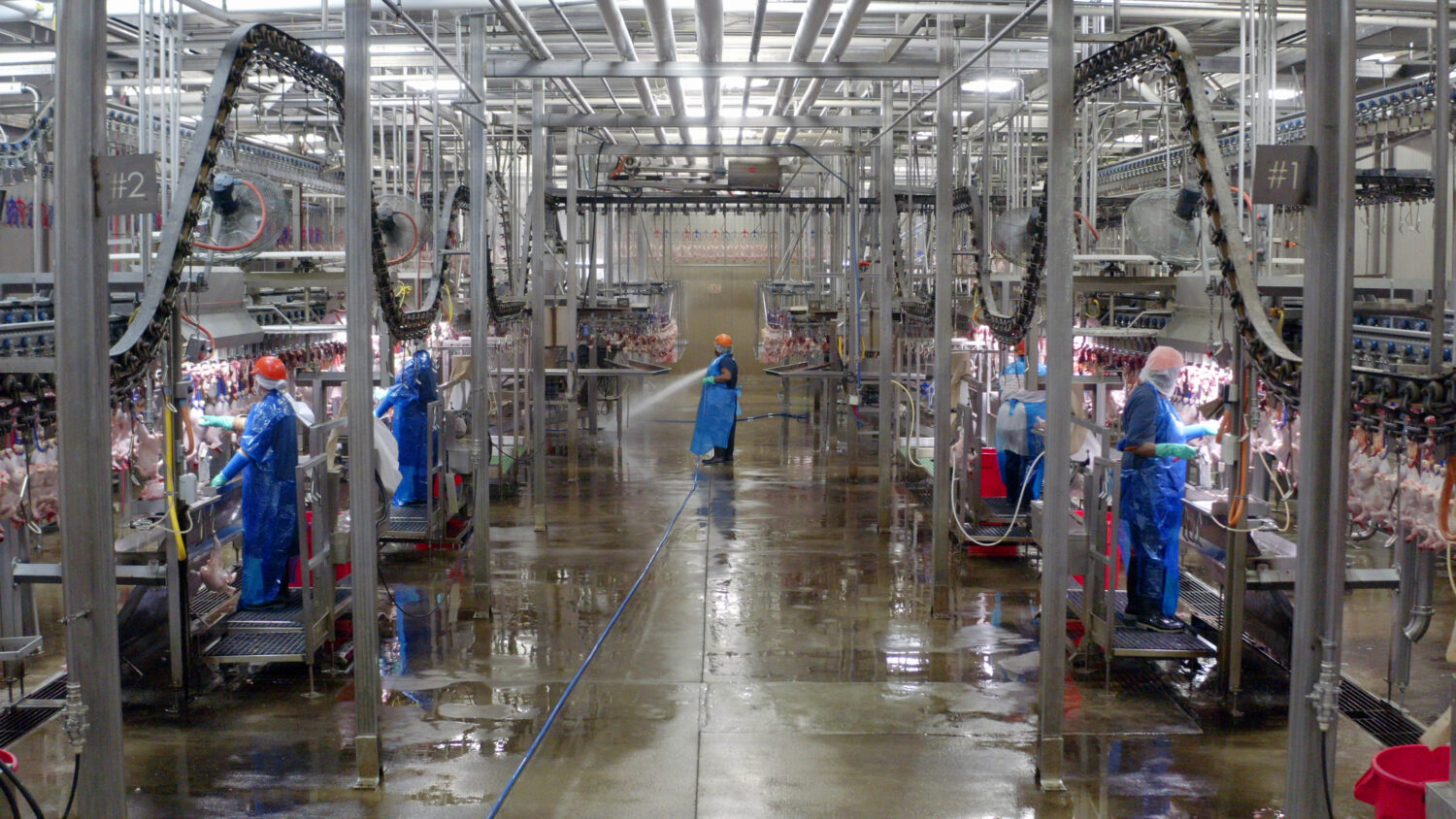
All U.S. chicken production is closely monitored and inspected by the USDA Food Safety and Inspection Service (FSIS), the public health agency responsible for inspecting chicken processing facilities.
Industry experts are present at all times during processing. This helps ensure compliance with all FSIS regulations to guarantee every chicken product is safe, wholesome, and correctly labeled and packaged by:
- Rinsing to clean the chicken and reduce potential foodborne pathogens.
- Keeping the meat at the proper cool temperature.
- Using metal detectors and x-rays to make sure no foreign object enters a product or package.
- Conducting microbiological tests to guarantee food safety systems are working properly.
- Confirming every final product meets strict USDA standards.
How is chicken shipped and handled?
Chicken is shipped in a refrigerated truck to grocery stores, restaurants and distribution centers. Before loading chicken products, truck trailers are inspected for proper cooling and cleaning. Products are often delivered to retailer warehousing the day after leaving the production plant.
What happens if there’s a recall?
While recalls are rare, the U.S. chicken industry has robust trace-back and trace-forward capabilities to ensure products can be promptly identified and removed from the marketplace, if needed. Our industry performs a comprehensive root cause analysis to identify any issues that caused the recall and prevent future incidents.
How can I help make sure I’m eating chicken that’s safe?
When it comes to cooking chicken, food safety is about much more than checking to see if there’s no pink in the middle! These 4 simple words—separate, chill, clean and cook—will help you manage food safety like a chef and reduce the risk of foodborne illness at home.
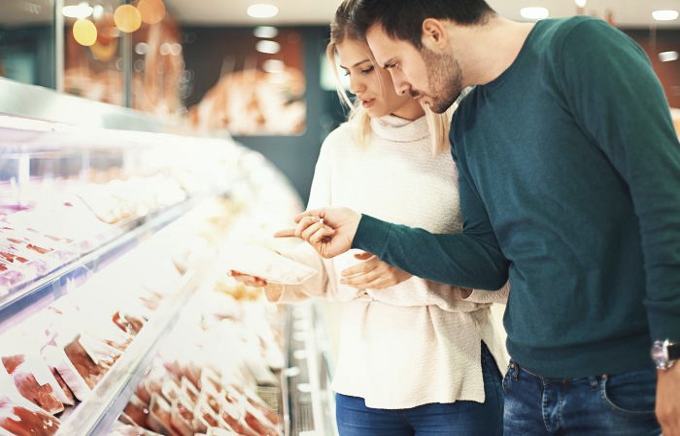
Separate
- Separate raw meat, poultry, seafood and eggs from the other foods in your grocery shopping cart, grocery bags, refrigerator and kitchen.
- Do not rinse raw poultry in your sink. It can spread bacteria from raw juices around your sink, countertops or onto ready-to-eat foods.
- Bacteria in raw meat and poultry can only be killed when cooked to a safe internal temperature.
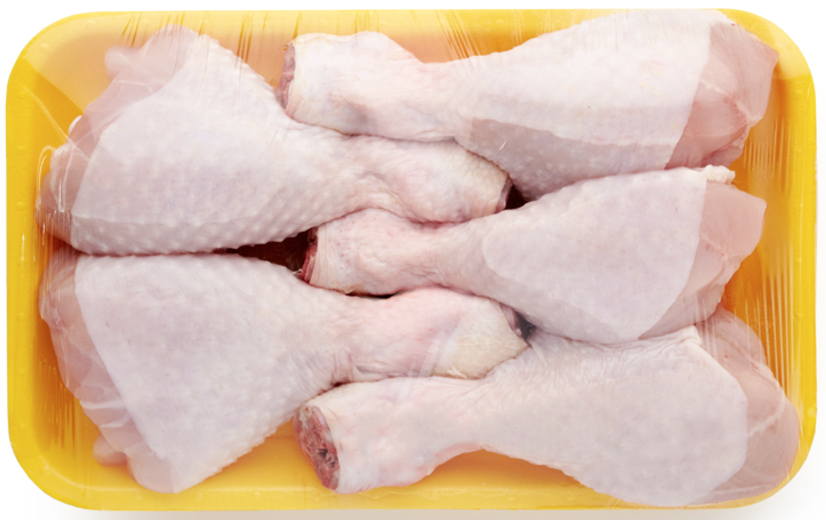
Chill
- Set refrigerators at 40°F or below.
- Thaw frozen poultry in the refrigerator—not on the countertop or in cold water.
- Barbecuing poultry? Keep chicken refrigerated until it’s ready to cook. Do not place cooked poultry on the same plate used to transport raw chicken to the grill.
- Marinating poultry? If so, marinate in the refrigerator, up to 2 days. Never use the marinade raw poultry soaked in on cooked poultry.
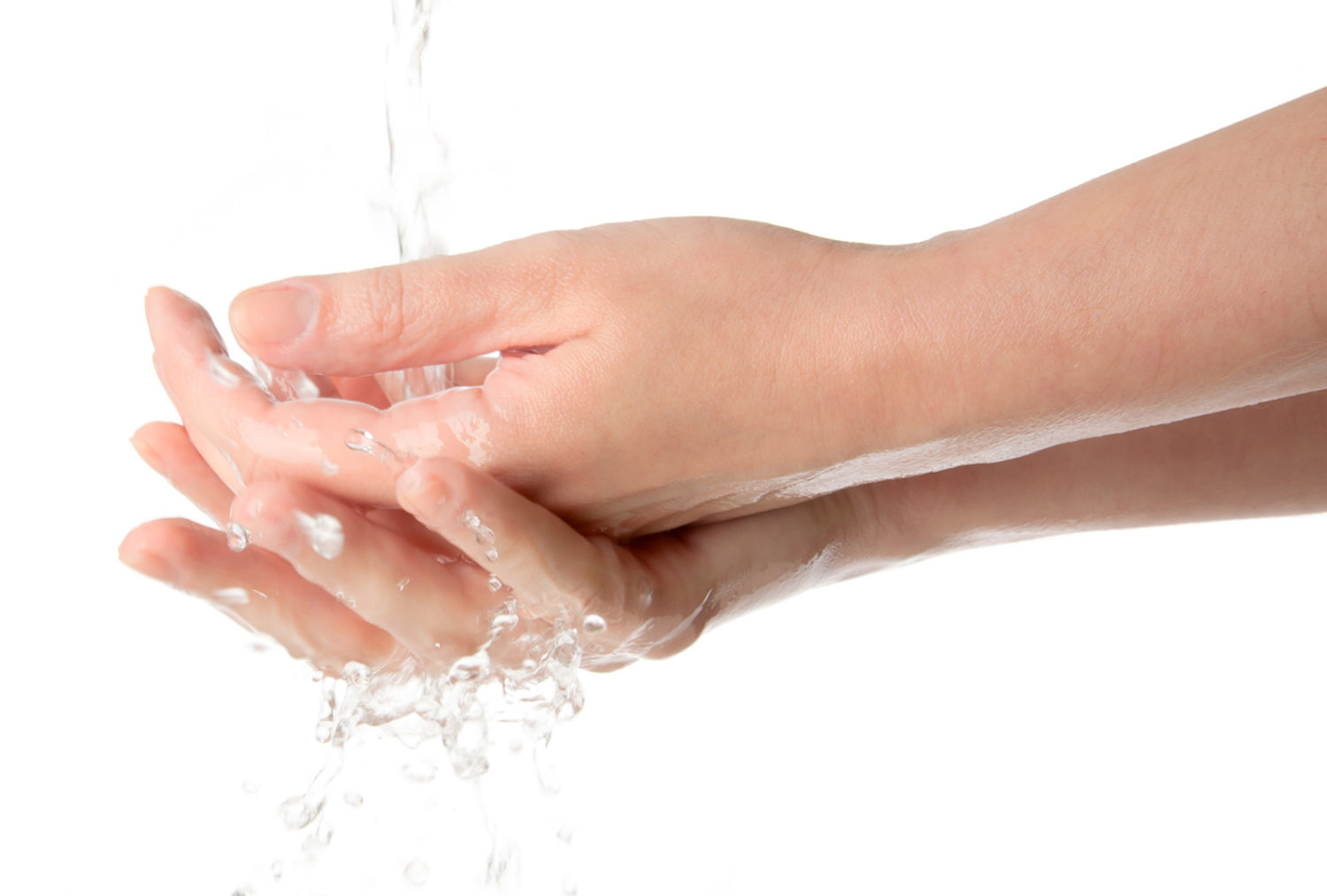
Clean
- Wash hands for 20 seconds before touching food and between handling different food items.
- Also wash hands, kitchen work surfaces, cutting boards and utensils thoroughly with soap and hot water immediately after they have been in contact with raw meat.
- Wash cutting boards between preparing different cuts of raw meat.
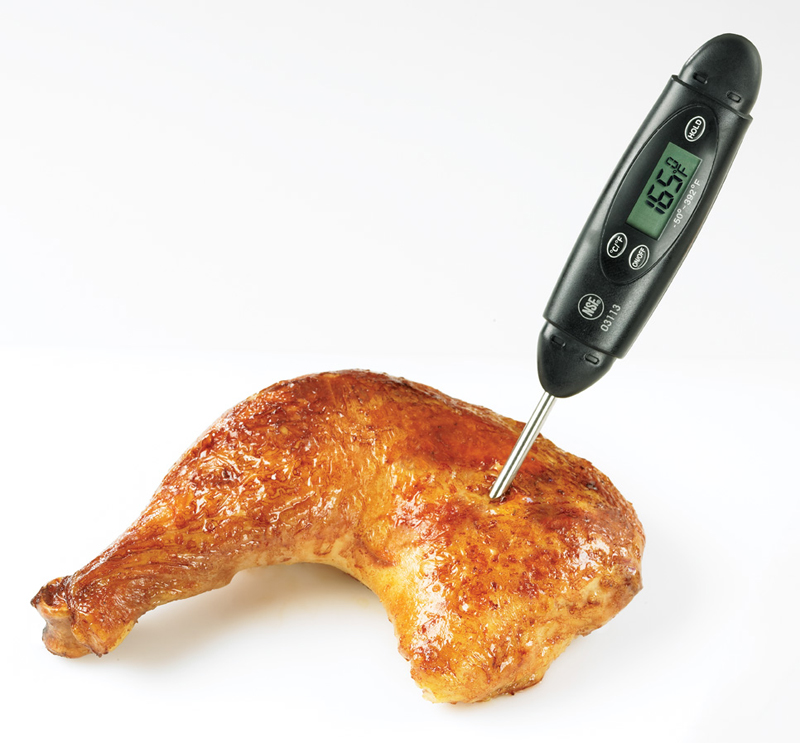
Cook
- Remember: always cook poultry to at least 165°F internal temperature as measured with a food thermometer, since the color of cooked chicken isn’t a sure sign of its safety.
- Refrigerate leftovers no more than 2 hours after cooking and eat within 2 to 3 days.
- If served undercooked poultry in a restaurant, send it back to the kitchen for further cooking.
We’re proud of our industry’s safety efforts, and we pledge to continue innovating and adopting best practices. We highly encourage consumers to keep everyday food safety measures in mind when cooking at home, and we can all do our part to keep chicken safe and delicious.
Is this FAQ making you hungry for a chicken dinner? Visit the Chicken Roost for our latest and greatest chicken recipes—they’re delicious and nutritious!
